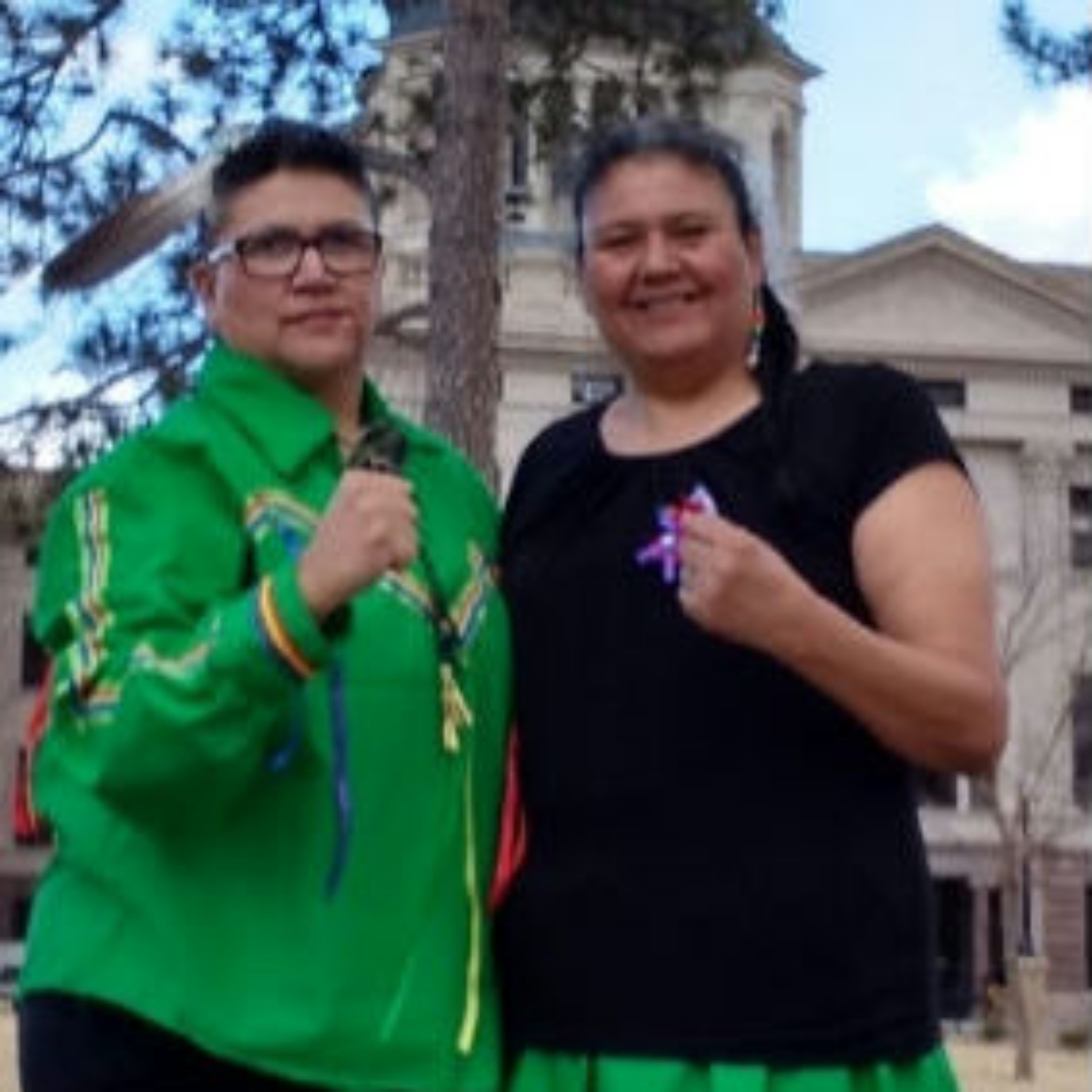How Communities Build Strength Through Unity
- Monique - Felipa De Leon - Mousseau

- Jun 14
- 4 min read
Communities are the backbone of society, playing a vital role in creating cohesive and thriving environments. When individuals come together, they can achieve remarkable outcomes, especially in challenging times. In this blog post, we will explore the concept of community resilience, discussing how collective strength can lead to lasting positive change.
Understanding Community Resilience
Community resilience refers to the ability of a community to withstand, adapt to, and recover from adverse situations. This might include natural disasters, economic downturns, social unrest, or public health crises. Resilient communities are characterized by strong social networks, shared values, and collaboration among diverse groups.
Studies have shown that communities with robust social networks respond more effectively to crises. For instance, after Hurricane Katrina, neighborhoods with well-established local organizations mobilized faster and more efficiently, demonstrating the importance of resilience in community survival.

The Importance of Strong Social Networks
Having strong social networks is crucial for any community. These connections not only provide emotional support but also facilitate the sharing of resources and information. In times of need, neighbors often step up to help one another—whether through providing food, shelter, or simply a listening ear.
Research indicates that social capital—essentially, the value derived from social networks—plays a significant role in enhancing community resilience. For example, in rural areas where social ties are stronger, residents may recover from economic downturns more swiftly because they depend on each other for resources, job opportunities, and emotional support.

By fostering a supportive environment, communities can empower individuals to take collective action. This, in turn, leads to the development of initiatives that promote economic growth, health, and overall well-being.
Collaborating for a Common Cause
Collaboration in communities is essential for tackling shared challenges. When individuals come together, they can pool their resources, skills, and knowledge. This joint effort often results in innovative solutions and enhances the community's ability to adapt to changes.
Initiatives such as town halls, workshops, and volunteer events can galvanize community members to work towards a common goal. In many cases, partnerships with local businesses, schools, and non-profit organizations create a sense of ownership and belonging within the community.
For instance, following a natural disaster, communities often band together to establish support systems for affected residents. Volunteers may assist in rebuilding homes, distributing food, or providing counseling services, demonstrating that unity can bring about recovery.

Empowering Individuals Through Education
Education is vital for building resilience within communities. By promoting awareness and understanding of potential challenges, community members can better prepare themselves and each other for uncertain times. Workshops focused on emergency preparedness, financial literacy, and health can equip individuals with the knowledge they need to navigate difficulties.
Moreover, mentorship programs can provide valuable guidance for youth, helping them develop skills and confidence. When invested in the education of their members, communities create a pipeline of capable leaders who can continue to foster resilience for future generations.
Perhaps one of the most critical aspects of education is bringing awareness to the interconnectedness of global issues. By understanding how local actions can impact larger systemic problems, community members can move towards solutions that are not only beneficial for themselves but also for the wider world.
The Role of Inclusivity in Building Resilience
Inclusivity is another pillar of community resilience. When all voices are represented and heard, the solutions that emerge tend to be more holistic and effective. Passionate individuals from diverse backgrounds bring unique perspectives that can lead to innovative approaches to common problems.
Encouraging inclusivity involves actively reaching out to historically marginalized groups and ensuring their participation in community activities. This might include providing language assistance, ensuring accessibility in events, or fostering environments where all community members feel valued.
For example, during the COVID-19 pandemic, many communities worked to ensure that all residents had access to resources, regardless of their socio-economic status. By prioritizing inclusivity, these communities not only built resilience in the face of adversity but also fostered unity and solidarity among their members.
In addition, networks built on inclusivity are often more adaptable and have a higher capacity for resilience. When communities embrace diverse voices, they are better equipped to navigate uncertainties and challenges.
Building a Brighter Future Together
As we move forward, it is essential for communities to focus on the elements that build resilience. Creating supportive environments, fostering collaboration, prioritizing education, and ensuring inclusivity are all key components that can lead to lasting strength.
Communities that invest in their strength emerge more united and capable of facing challenges head-on. This sense of solidarity not only benefits individuals but also enriches the community as a whole.
As we strive towards a better future, the idea of uniting resilience becomes increasingly important. Communities that come together not only survive adversity—they thrive.
Creating action plans, sharing resources, and nurturing connections can lead to a deeper understanding of communal goals. By working collectively, communities can build a foundation that stands the test of time.
In conclusion, fostering unity through resilience ultimately encapsulates the spirit of community. It is not just about surviving hard times—it's about thriving together, as a cohesive unit.
By embracing the principles of community resilience, we can enhance our collective strength and create vibrant, supportive networks that not only withstand adversity but flourish in the face of it.
---
In a world marked by uncertainty, the imperative to strengthen our communities cannot be overstated. Together, we can build a resilient future that inspires hope, fortifies relationships, and fosters a sense of belonging for all. By recognizing and embracing our shared goals, we can indeed achieve a powerful unity that paves the way for enduring resilience.





Comments